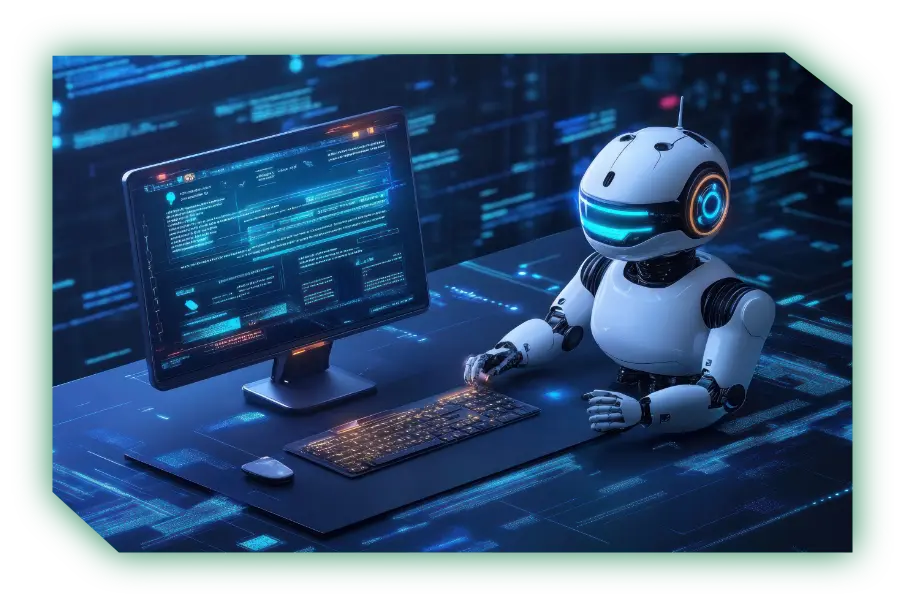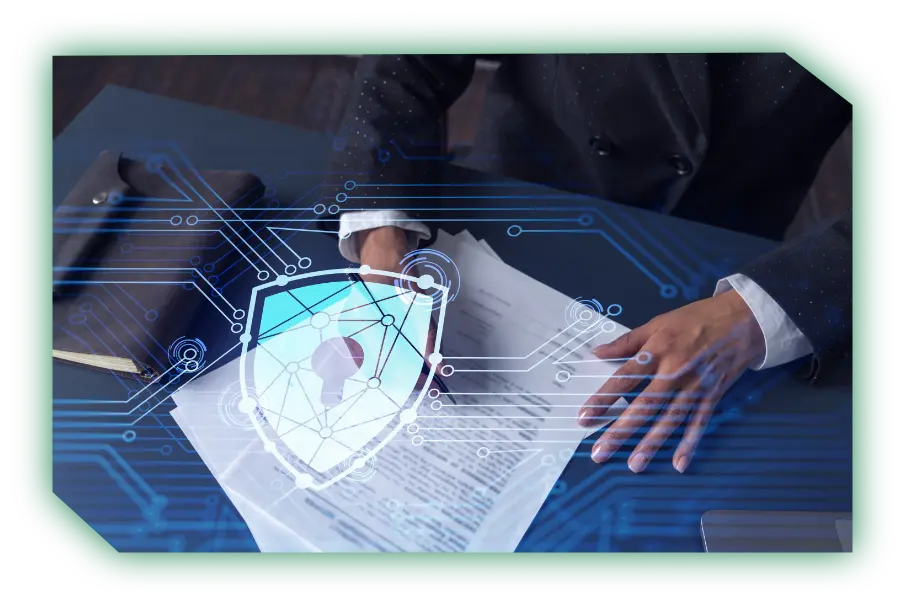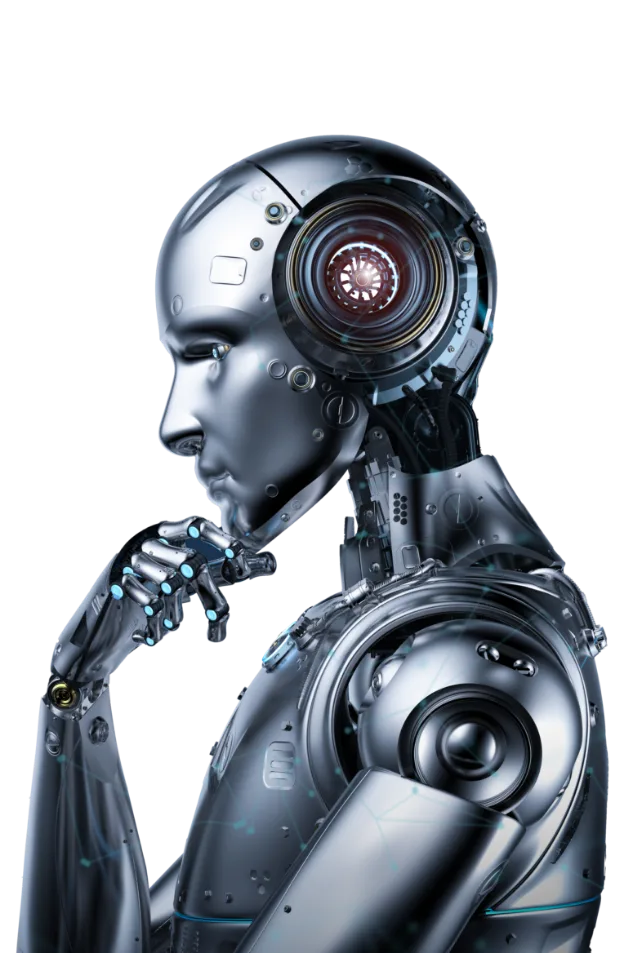Enterprises are moving beyond isolated copilots. The future belongs to AI Software Developers – autonomous, policy-aware systems that collaborate with humans to code, test, and deploy faster.
Software teams once depended entirely on human effort for every sprint, review, and release. Today, AI Software Development is redefining that rhythm.
By combining pattern recognition, predictive analytics, and agent-based reasoning, modern AI can handle everything from code generation to deployment validation – without replacing engineers.
Instead of managing endless tasks, teams now orchestrate outcomes.
At its core, AI Software Development merges development intelligence with enterprise governance. It empowers teams to maintain speed and compliance simultaneously, turning delivery pipelines into adaptive systems that learn, refine, and accelerate.
Today, AI Software Development merges automation, intelligence, and governance to help enterprises code with speed and precision. As part of this evolution, AI Software Programming bridges the gap between machine learning and real-world engineering — automating logic without losing human intent.
An AI Software Developer acts as an intelligent collaborator inside the SDLC. It interprets requirements, writes optimized code, runs automated tests, fixes errors, and ensures that every release meets internal security and compliance rules.
Unlike static copilots, these AI systems observe the whole process – requirements, commits, builds, tests, logs – and make decisions in real time.
They’re designed for enterprise scale: secure by default, auditable, and context-aware.

A companion to developers, the AI Programming Assistant amplifies productivity rather than dictating workflow. It learns from project repositories, detects recurring issues, and helps teams resolve them before release. By understanding enterprise policies, it ensures that speed never compromises security.
Auto-generating documentation and API references.
Re-writing legacy functions into newer frameworks.
Suggesting performance improvements.
Coordinating with QA and DevOps agents for smooth hand-offs.
Together, the AI Software Developer and AI Programming Assistant form the backbone of next-generation enterprise delivery.
A companion to developers, the AI Programming Assistant amplifies productivity rather than dictating workflow. It learns from project repositories, detects recurring issues, and helps teams resolve them before release. By understanding enterprise policies, it ensures that speed never compromises security.
Automated code generation and testing compress cycles by up to 40%.
Machine-driven validation reduces defects and rework while strengthening coverage.
Every change links to its policy rule, test case, and release note.
One AI developer scales across multiple teams without adding headcount.
Continuous scanning enforces OWASP and NIST standards from the first commit.
These gains explain why enterprises increasingly see AI Software Programming as a necessity, not a novelty.
Sanciti AI brings these capabilities together inside a governed, full-stack SDLC platform. Built for enterprise scale, it blends automation with human oversight to balance velocity and control.

AI code generator for structured, compliant development.

Automates test creation & execution for 40% QA efficiency gains.

Continuous Validation & Monitoring for deployment integrity.

Predictive Security & Audit Management ensuring ADA, HIPAA, and NIST alignment.
Through these tools, organizations modernize applications, secure releases, and maintain full transparency across the SDLC.
reduction in manual QA costs.
faster release cycles.
fewer production defects.
less technical debt from legacy modernization.
These aren’t projections – they’re benchmarks seen in real enterprise deployments.
Enterprises can’t trade safety for speed. That’s why Sanciti AI’s architecture embeds governance in every stage:

For enterprises managing healthcare, finance, or public-sector systems, these guardrails are non-negotiable.
Backed by V2Soft’s 20+ years of enterprise IT delivery, Sanciti AI combines reliability with innovation. Unlike single-function copilots, it coordinates every agent to deliver measurable ROI at scale. From automated QA to secure deployment, the platform turns AI concepts into governed results.
Agentic AI refers to systems that orchestrate autonomous, task-focused components to solve broader problems. In the SDLC context, it coordinates code changes, tests, security checks, and releases to achieve a governed outcome.
Gen AI provides capabilities such as text or code generation. Agentic AI uses those capabilities inside managed workflows, adding traceability, governance, and orchestration to produce enterprise-ready outcomes.
Yes – if implemented with compliance in mind. Agentic AI platforms like Sanciti AI incorporate policies and checks aligned to HIPAA, OWASP, NIST, and accessibility requirements to ensure releases meet regulatory needs.
Agentic GEN AI emphasizes the generative model components inside an agentic architecture. Think of it as the “creative” part (generation) working under the “conductor” (agentic orchestration).
Pilot programs often show measurable ROI within the pilot window (6–12 weeks) for QA savings, faster releases, and reduced incident rates. The exact timeframe depends on the starting state of pipelines and the scope of the pilot.
Access to repositories and CI/CD definitions, a representative application to pilot, named stakeholders for parity and rollout decisions, and basic SRE/DevOps capabilities for integration.
Access to repositories and CI/CD definitions, a representative application to pilot, named stakeholders for parity and rollout decisions, and basic SRE/DevOps capabilities for integration.

Empower your enterprise with AI Software Developers and Programming Assistants that automate delivery, ensure security, and scale innovation.
Modernization Assessment
Full-service framework including:
Generates Requirements, Use cases, from code base.
Generates Automation and Performance scripts.
Code vulnerability assessment & Mitigation.
Production support & maintenance,
Ticket analysis & reporting,
Log monitoring analysis & reporting.
Sanciti Al requiresthe contact information you provide to us to contact you about our products and services. You may unsubscribe from these communications at any time. For information on how to unsubscribe, as well as our privacy practices and commitment to protecting your privacy, please review our Privacy Policy.
See how Sanciti Al can transform your App Dev & Testing
SancitiAl is the leading generative Al framework that incorporates code generation, testing automation, document generation, reverse engineering, with flexibility and scalability.
This leading Gen-Al framework is smarter, faster and more agile than competitors.
Why teams choose SancitiAl:
